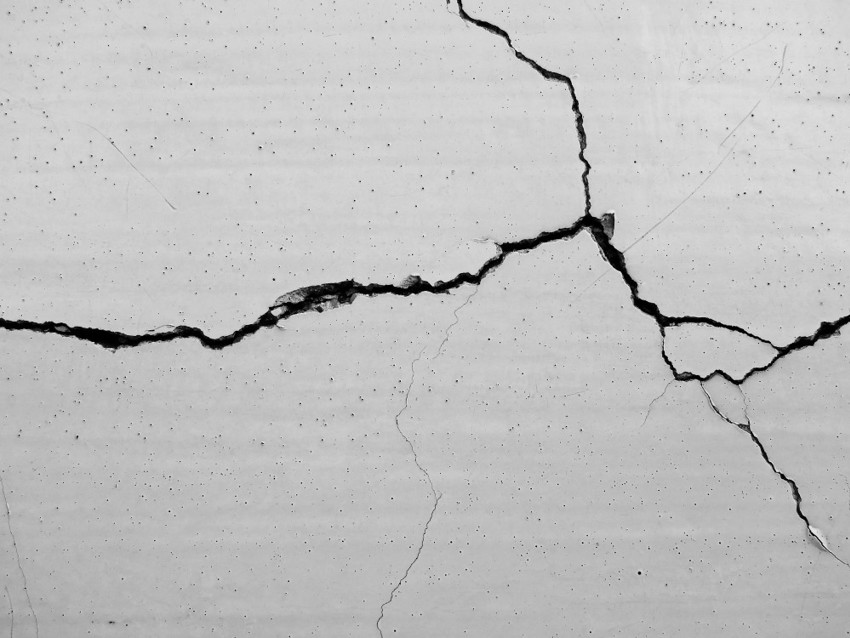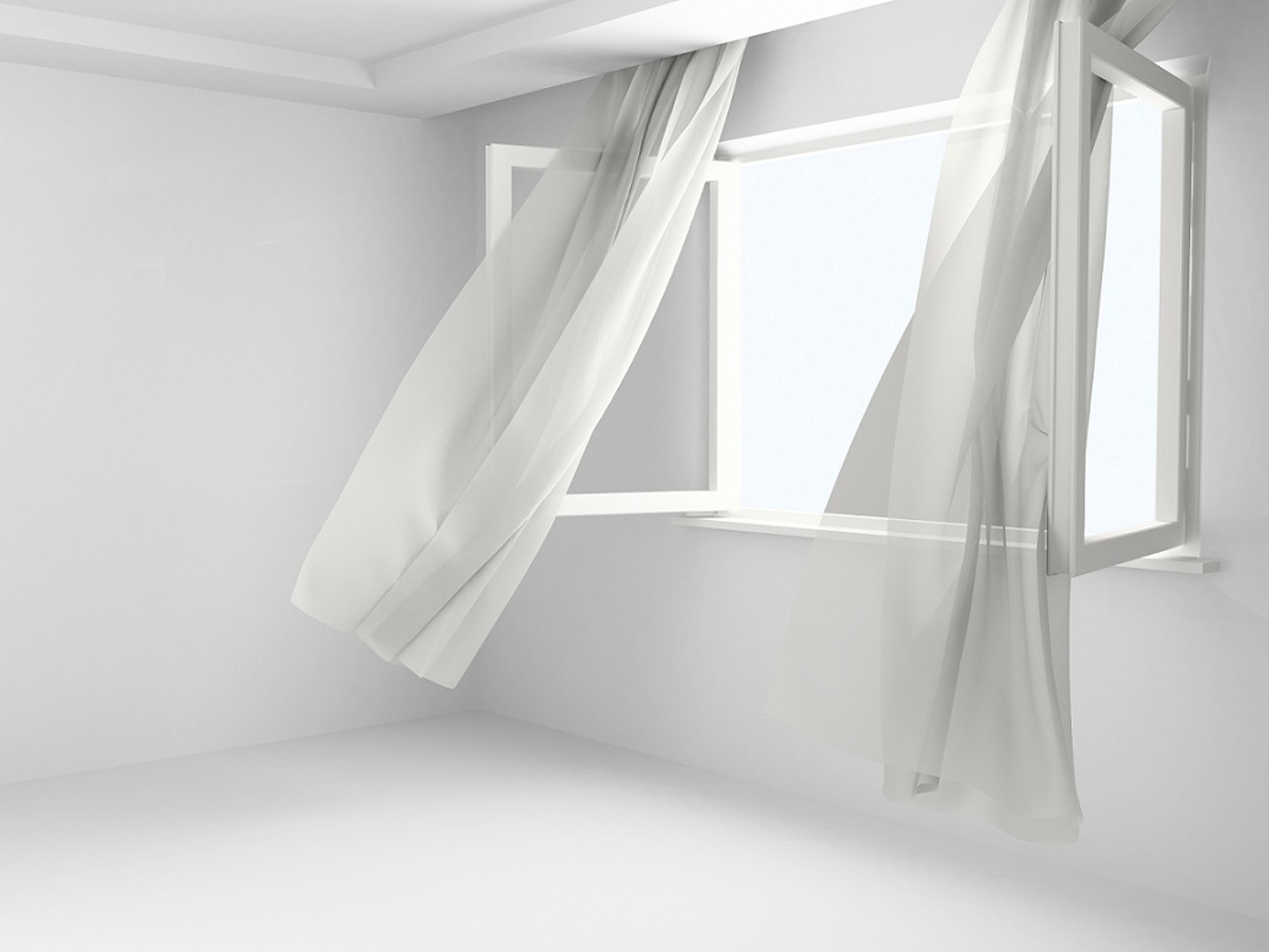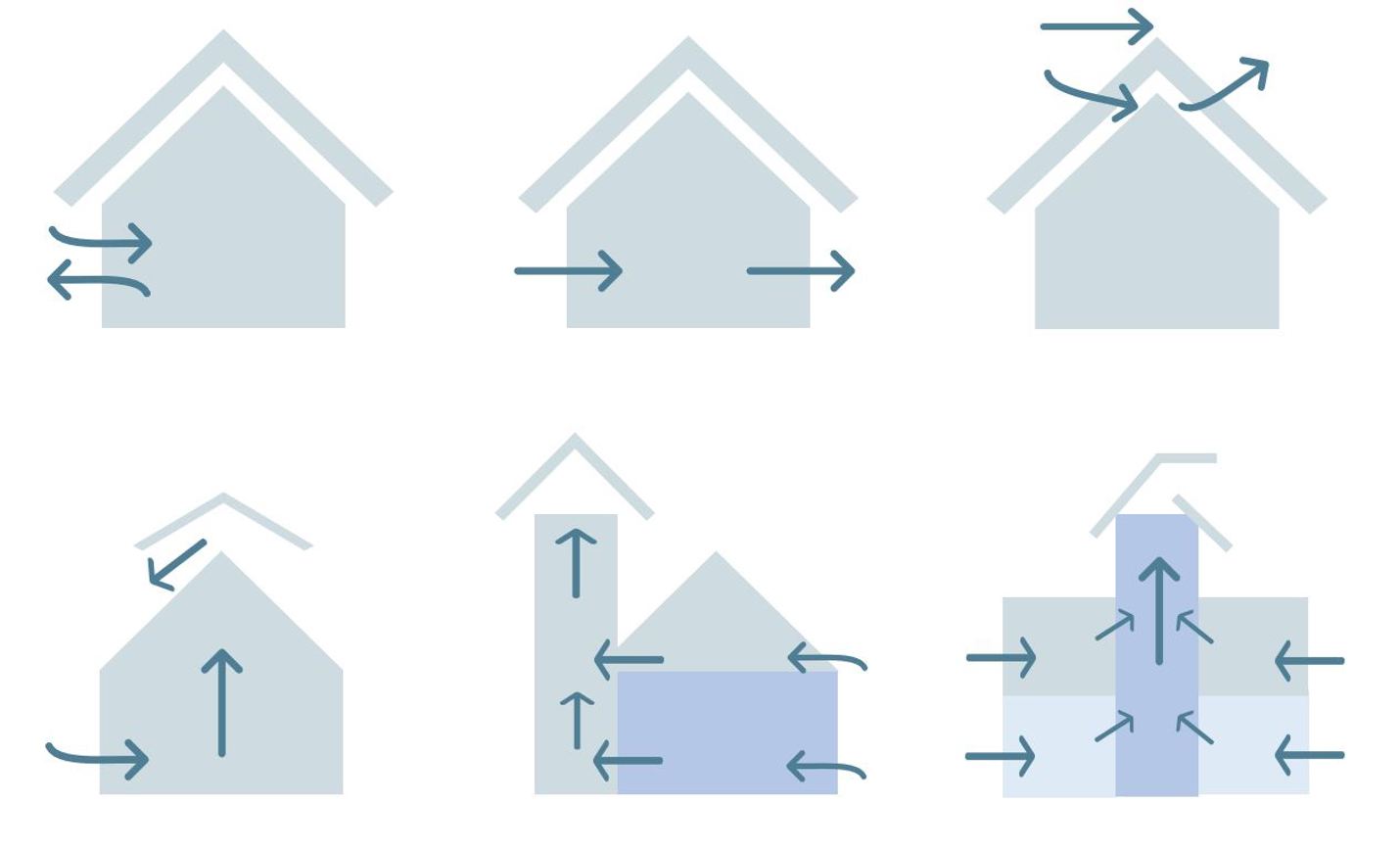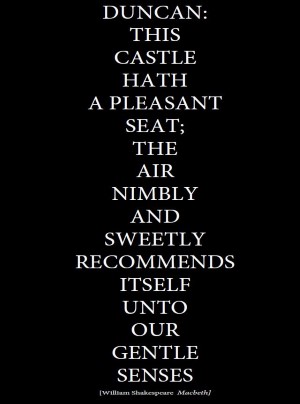Infiltration and natural ventilation
There are several ways to bring fresh air into buildings - unintentional and natural. Often overlooked is the uncontrolled air exchange occurring through infiltration. Natural ventilation has historically been the most widely used type of ventilation in buildings.

Infiltration stands alone
Infiltration is typically described as separate from ventilation
Infiltration is the circumstantial flow of air from outdoors to indoors through leaks (unplanned openings) in a building envelope. When a building design relies on infiltration to maintain indoor air quality, this flow has been referred to as 'adventitious' ventilation.
Infiltration is often called 'air leakage'. The leakage of room air out of a building, intentionally or not, is called 'exfiltration'.
Infiltration is caused by wind, negative pressurization of the building, and by air buoyancy forces known commonly as the stack effect. Typically, infiltration is minimized to reduce dust, to increase thermal comfort, and to decrease energy consumption.
Controlling infiltration
Because infiltration is uncontrolled, and admits unconditioned air, it is generally considered undesirable except for ventilation air purposes. For all buildings, infiltration can be reduced via sealing cracks in a building's envelope, and for new construction or major renovations, by installing continuous air barriers.
In buildings where forced ventilation is provided, their HVAC designers typically choose to slightly pressurize the buildings by admitting more outside air than exhausting so that infiltration is dramatically reduced.

"Opening windows is more than just ventilation — opening a window creates the link to the outside and is a symbol of affection for your family."
— Velux
Fundamentals of natural ventilation
Natural ventilation uses pressure difference difference between densities of interior and exterior air given by temperature difference, and also wind velocity providing on windward façade positive pressure & on leeward negative pressure.
Therefore, natural ventilation is also influenced by wind turbulance and flow pattern around a building (affected by neighbouring buildings, building exposure and building orientation). Building shape also influences the natural ventilation, i.e. flow direction throughout the building and ventilation intesity.
Natural ventilation and tips about driving forces
Air moves through an opening (i.e. window) when there is a pressure difference across the opening:
- Greater pressure difference = higher airflow.
- Larger opening area = higher airflow.
Natural way to passively ventilate or cool buildings
Passive cooling is a measure that uses no energy to cool buildings. It involves at least three concepts: ventilative cooling, solar shading and thermal mass.
One of the best known passive cooling technieques is ventilative cooling via openable windows. This method typically does not require energy, however the windows are controled by people, or simple control mechanism based on small amounts of power and timing schedule (for example cooling buildings at nights).
Other methods are focusing on using the design features of buildings, typically solar shading compoments (externally or internally positioned, fixed or movable, manually or mechanically controlled, etc.).
Thermal mass of a building or building materials is also one of very passive cooling methodology, based on a heavy-mass building structure used to accumulate heat balance within.
Mechanims for natural ventilation
Natural ventilation pressure differences driven by two mechanisms — stack and wind, or combination.
Stack effect (air density difference)
- A combination of inlets via typically controlled window openings and shafts as outlets, creating a stack effect and using pressure difference in different heights.
- Warm air is less dense than cool air (more buoyant).
- It works when indoor air is warmer than outdoor air, but it is harder to achieve stack aiflow in summer.
- Typically is used for multi-floor apartment buildings.
Wind (aeration)
It creates varying surface pressures (positive and negative) around the building, i.e. inlet at the ground via openings and outlet via skylights in roofs wind.
- Velocity is typically lower near the ground and increases with height above ground.
- On the windward (upwind) side of a building, air velocity slows and pressure rises.
- On the roof and sides of the roof, air velocity accelerates and pressure drops.
- On the leeward (downwind) side of a building, airflow separates from the roof and sides creating a low pressure recirculation zone.
Typically is used for industrial halls or stables. And the ventilation is regulated by inlets and outlets openings.
Controlling natural ventilation
Controls for natural ventilation can be based on sensors for indoor air quality, meteorological weather data and smart control/management systems (BMS).
Cost to build, operate and maintain
Natural ventilation tends to cost less to build, operate and maintain than mechanical ventilation, and so this is generally the first option investigated during the design process of a building.
Pros and cons for types of natural ventilation

Advantages of natural ventilation
- Suitable for many types of buildings located in mild or moderate climates.
- The 'open window' environment associated with natural ventilation is often popular, especially in pleasant locations and mild climates.
- Natural ventilation is usually inexpensive when compared to the capital, operational and maintenance costs of mechanical systems.
- High airflow rates for cooling and purging are possible if there are plenty of openings.
- Short periods of discomfort during periods of warm weather can usually be tolerated by building's occupants.
- No room space for ventilation equipment is needed.
- Minimum maintenance.
- Can be less expensive to install and operate than HVAC but this need not always be true.
- No fan or system noise.
Disadvantages of natural ventilation
- Inadequate control over ventilation rate could lead to indoor air quality problems and excessive heat loss.
- Airflow rates and the pattern of airflow are not constant.
- Fresh air delivery and air distribution in large, deep plan and multi-roomed buildings may not be possible.
- High heat gains may mean that the need for mechanical cooling and air handling will prevent the use of natural ventilation.
- Natural ventilation is unsuited to noisy and polluted locations.
- Some designs may present a security risk.
- Heat recovery from exhaust air is technically feasible but not generally practicable.
- Natural ventilation may not be suitable in severe climatic regions.
- Occupants must normally adjust openings to suit prevailing demand.
- Filtration or cleaning of incoming air is not usually practicable.
- Ducted systems require large diameter ducts and restrictions on routing.
Download AIR by Swegon Air Academy
The aim of the book is to provide insights into the factors and circumstances, that significantly influence the creation of good indoor climates and energy-efficient ventilation solutions. The contributing authors were chosen among national and international experts. The chapters have been written at a popular science level so readers can readily understand the content and make their own decisions.
The book has over 600 pages and is divided into five sections: Ventilare necesse est, Economic and social responsibility, Energy and the outdoor environment, Indoor environment in a wider sense, and Air handling processes and the indoor climate.
Download the book AIR Swegon Air Academy

Under the principle of the human right to health, everyone has the right to breathe healthy indoor air.The Right to Healthy Air, World Health Organisation, 2000